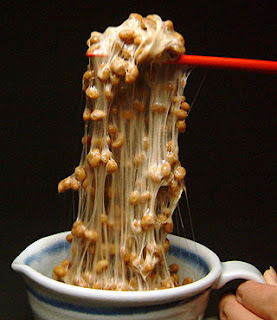In Japan there is no state religion. The constitution includes the separation of Religion - State clearly. In addition, most Japanese are unaware that they are believers of some religion. But culture, tradition and idiosyncrasy in Japan are based on Buddhism ( 仏 教 ぶっ きょう ) and Shintoism (神道 しんとう) .
who are baptized Christians in Japan are less than 1% of the population, but Christmas is celebrated as a commercial event. Many people marry for the Catholic church, but in most cases it is a simple ceremony and
has no religious meaning.
In Japan there is a custom called Hatsumoude ( 初 诣 は つもう で ) is a habit of visiting temples in the first 3 days of the year. Each year more than 90 million people across Japan visit temples in these 3 days, but like Christmas, do it as an event and in most cases, has no religious meaning.
exsisted many Japanese who visit the tempol only those early days of the year. So most people do not because they are practitioners of religion.
But today we speak of religion in Japan.
could say that the Shintoism and Buddhism are two major religions in Japan.

Image: Kojiki (古 事 记 こ じき)
The Shintoism is a religion of Japanese origin. In this religion, there is one God as in Christianity or Buddhism. Nor has a single sacred book like the Bible for Christians.
But there are several reference books like Kojiki
( 古 事 记 こ じき ) or Nihonshoki ( 日本 书 纪 に ほん しょき) .
Gods that appear in these Books are like the Gods of Greek myths. There is also the philosophy of Yaoyorozu-no-Kami ( 八 百 万 の 神 や お よろず の かみ ), which literally means Gods 8 million (= many Gods). Previously, we thought the Japanese in the mountains Naturareza as , river, land , trees, vegetation or animals, or natural phenomena like wind , rain , fire or lightning were Gods. (That's why add so many!).
In Shinto, Jinja small drop ( 神社 じん じゃ ) which is the sanctuary Gods of Nature. It is a sacred building, but it is a place to give a mass for the faithful. Simpremente there is deified to the gods of the area. There are about 85,000 Jinja in Japan. The most important Jinja Izumo-Taisha (either too Izumo Taisha) que está en la provincia de Shimane. El Taisha es un Jinja de máxima categoría.

Foto: Izumo-Taisha (Izumo not without even Taisha)
El Shintoismo se divide en 4 ramas diferentes.
1: Koshitu-Shinto ( political Shitsu this imperial Shinto ):
Sintoismo de la Familia Imperial
2: Jinja-Shinto ( Shrine Shinto shrine political ):
Sintoismo en la forma de Jinja
3: Kyoha -Shinto ( political sect Shinto today ):
Sectas de Shintoismo
4: Minkan-Shinto ( political commercial dry Shinto Min ): Shintoism
Folklorico
Today in general term, when we say Shinto Jinja-Shinto means .
The Buddhism is a religion of Hindu origin. Its founder is Siddhartta Gautama, known as Budda . This religion came to Japan through China in the sixth century. In Japan exsisted about 75,000 Buddhist temples and more than 300,000 Figures of Buddha. One of the most important Temple Horyuji ( 法 隆 寺 ほう りゅうじ ) that is in the province of Nara. It a wooden building the world's oldest which was built in 607. Is registered as a World Heritage Site .
The Jinja and Temple and look much from the outside. It's a bit hard to distinguish. There is a very easy way of knowing if this is a sacred building Shintoism or Buddhism . In the Jinya, usually find Arco called Torii (鸟 居 とり い ), which is a border between the profane and the sacred.




















.png)
